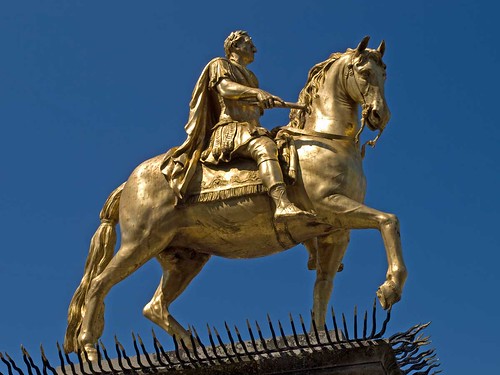John Alderton was actually born in Gainsborough in Lincolnshire but moved to Hull with his family and attended Kingston High School. The general public first became aware of his talents when he got a good part in Emergency, Ward 10. Where he played Doctor Moone, which must have been the first medical soap in the UK. He actually married his co-star Jill Brown but it only lasted a few years. Emergency, Ward 10 ran from 1957 to 1967.





John Alderton in Emergency, Ward 10.
He then got the lead part in Please Sir! as Mr Hedges. The series ran from 1968 to 72. He also played the part in the feature film of the same name. At this time he married Pauline Collins
John Alderton in Please Sit!
Later in 1972 he had a new comedy sitcom with Hannah Gordon called My Wife Next door. It ran for 13 episodes and it won him a Jacob's Award. His next success was massive as he appeared as the chauffeur in Upstairs Downstairs with his wife having a part too. The series ran from 1971 to 75 ans several spin offs came from it for him. He and his wife had three children, and a step daughter. He also starred in It shouldn't happen to a vet. from the book by James Herriot.
John Alderton in Upstairs Downstairs.
More recently he was the voice of Fireman Sam, the very successful children's cartoon that everybody of a certain age will have got to know by heart as their kids watched it over and over again! He also appeared in the very successful British Film Calendar Girls. He has often worked with his wife
Fireman Sam.
He has recently been in the news for fighting planning application near his home in Hampsted that wanted to knock old homes down and rebuild futuristic building of a much larger size and with a swimming pool underground. He actually won the case.
John Alderton in 2012.


